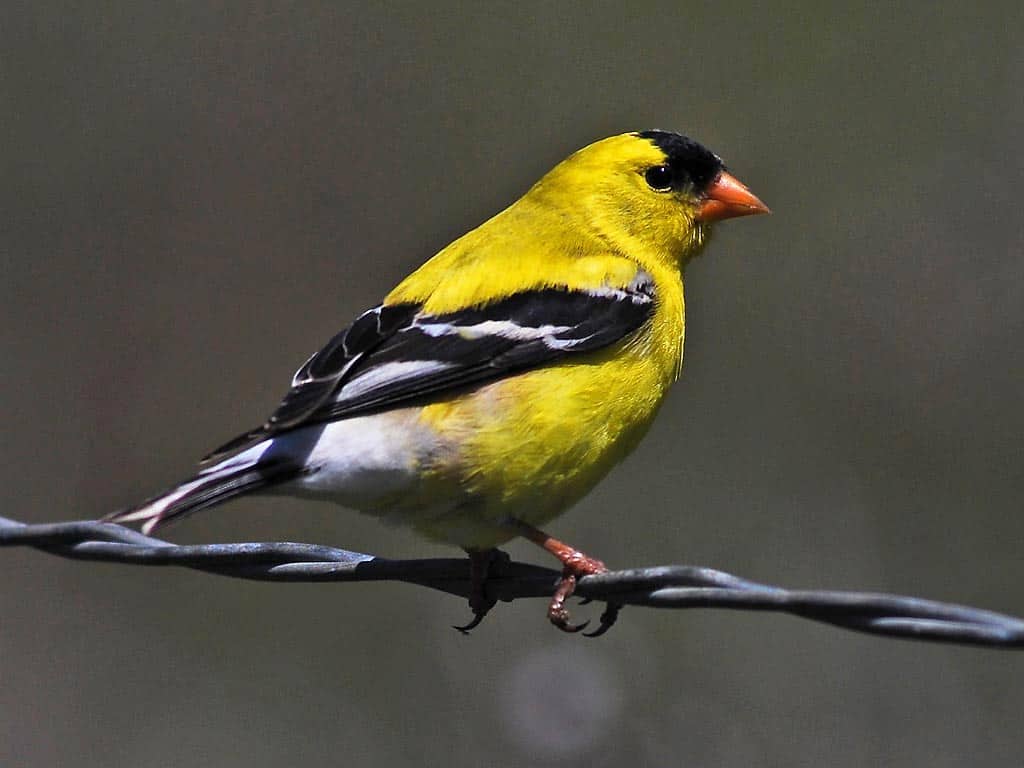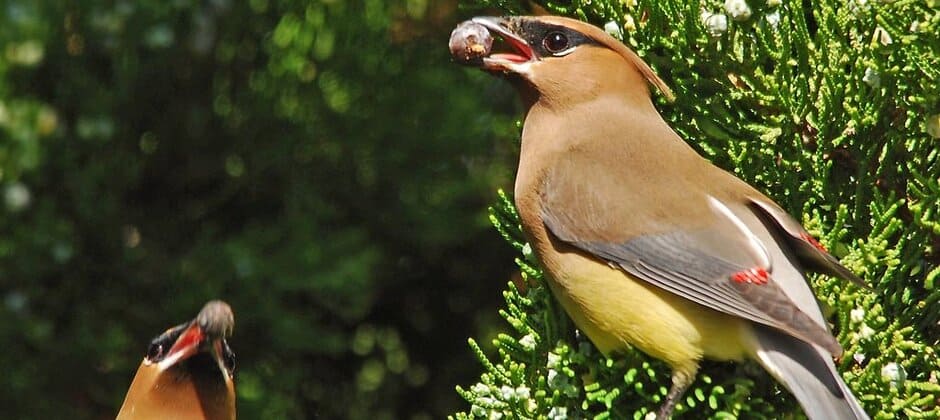Share this article
Noise and light have compounding impact on birds
Birds tend to stay away from people’s backyard when it’s noisy—and even more when there’s also artificial light around.
People use feeders in their backyards to develop a closer connection with nature. In fact, Clinton Francis, an associate professor at California Polytechnic State University, conducted research in the past showing that hearing birds singing could increase people’s well-being.
With their hands on large citizen science datasets, Francis and his colleagues wondered if they could use the data to find out more about how noise and light pollution may impact birds. While past research looked only at light pollution or sound pollution, Francis wanted to look at them both together. Most past research also focused on birds’ breeding seasons, he said, but that’s a pretty short period of time. His team wondered what they might outside the breeding season.
The team gathered about 3.5 million observations from a program called FeederWatch, in which community scientists can log the birds that come to their home feeders. That data included 140 different bird species across the lower 48 states.
“The opportunities in this study were more data points for variation in noise and light conditions and more species, which might allow us to have a better ability to generalize across birds or to better understand why particular species may differ from one another,” said Francis, senior author of the study published recently in Global Change Biology.
To discover what noise pollution was like in these different areas, the team turned to the Natural Sounds and Night Skies Division of the National Park Service. The division recently developed a geospatial model that can predict sound levels at a fine scale across the U.S. To gauge light pollution, the researchers obtained 2012 light measurements from NASA.
Using the combination of data, the researchers were able to look at the interaction of the two stimuli to see how they influence birds. “In a lot of landscapes, noise and light often occur together,” he said. “This massive dataset gave us the opportunity to understand bird abundance with low or high levels of noise and light or the opposite, or both of those things together.”
The team found that most birds were more sensitive to noise than light when it came to changing abundance at bird feeders. When light and noise are both present, though, the effect is even greater. “Compounding the multiple stressors, physiologically and behaviorally, they just can’t cope anymore,” Francis said. “They need to avoid these environments.”
But the presence of light alone had some interesting effects on some of the birds. The team found that for about 50 of the species, birds actually increased with light pollution, but only when the length of night was considered in the analyses. When the nights were longer, they found there were even more birds in light polluted areas. Francis thinks that may be because winter nights are challenging for the birds when it comes to finding food and avoiding predators. But light may have helped them avoid predators or have more usable light for finding food, resulting in them sticking around in these areas with artificial light.

American goldfinches (Spinus tristis) also avoid backyard bird feeders in noisy areas. Credit: Dave Keeling
But Francis said this doesn’t mean the light still doesn’t negatively impact those birds’ sleeping patterns, which can impact their cognitive function, or other behaviors. In general, he said sound and light pollution could impair senses and perceptual abilities. “Threat detection is going to be very much reduced in these contexts,” he said. “Outside of the breeding seasons, besides getting enough food to survive, avoiding predators is one of their primary objectives.”
The study shows that depending on the circumstances and bird species, light and noise can have different impacts, whether those are positive or negative. But it also shows that decreasing both light and noise pollution could have some positive effects. “Restoring natural sensory environments reclaims usable habitat for lots and lots of species,” he said.
Reducing noise and sound isn’t as difficult as mitigating for other threats to wildlife, Francis said. “If we think about the big conservation challenges we have at this time, all of these unpredictable weather events scientists are ascribing to climate change, mitigating noise and light are easy things,” he said. “With lighting, it’s so simple. This is something individual citizens can change.”
Header Image: Cedar waxwings (Bombycilla cedrorum) are among the birds that avoid backyard bird feeders in noisy areas. Credit: Dave Keeling








